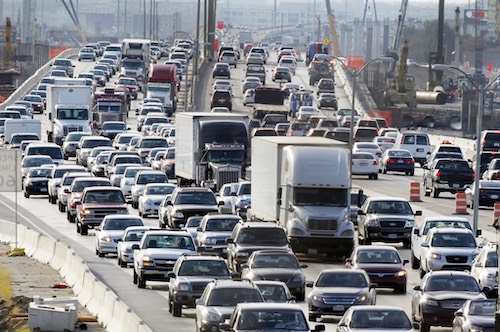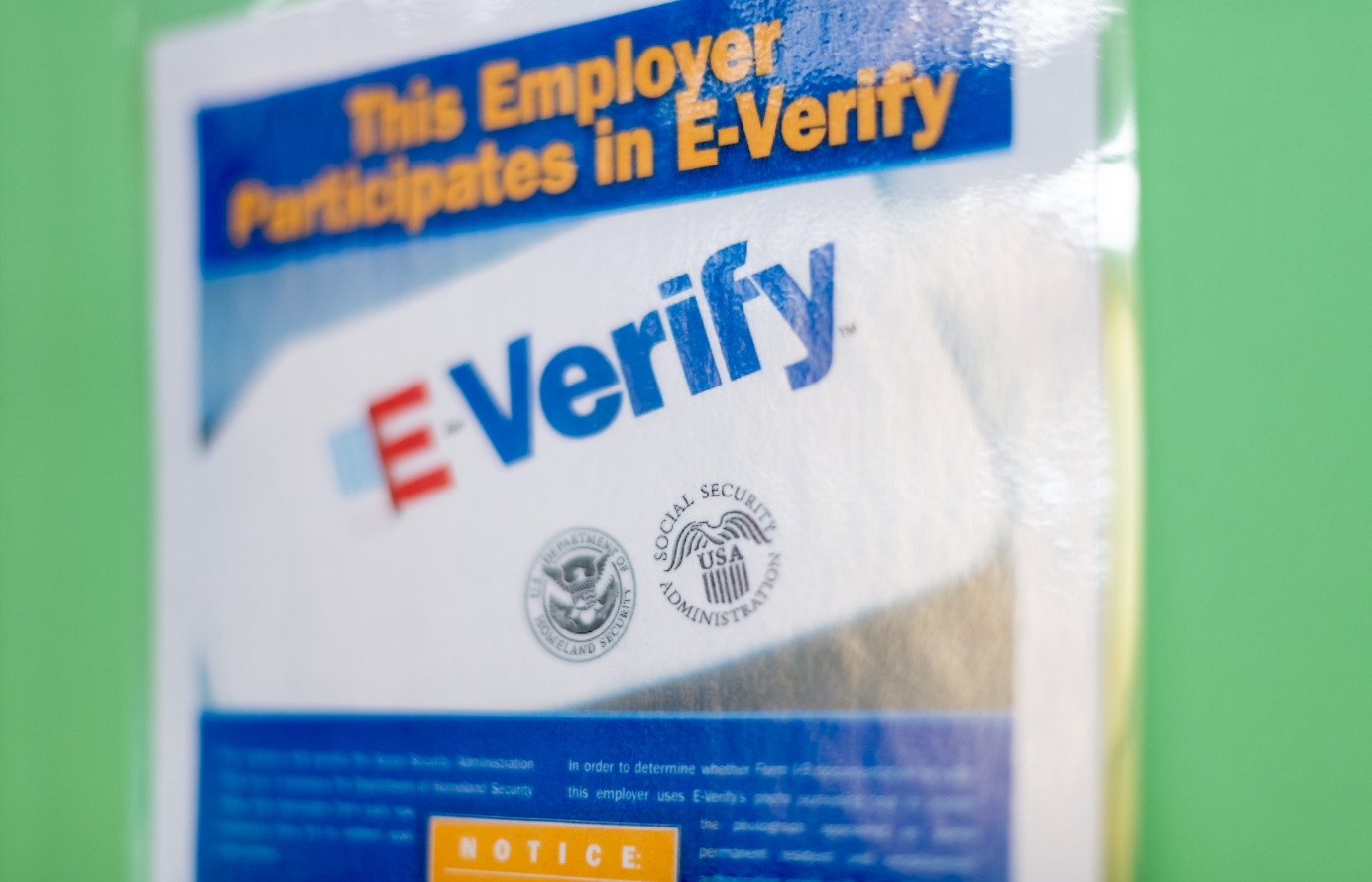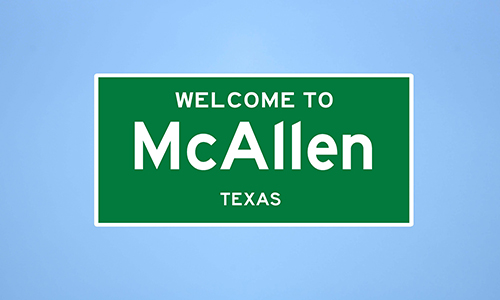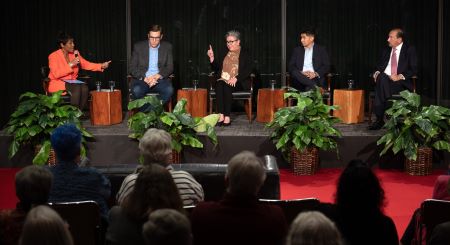Merit-Based Immigration and The Construction Industry Part II: The Costs of Workforce Shortages
 The construction industry is currently being negatively impacted by labor shortages which are expected to get worse as the baby boomers retire. The Associated General Contractors of America recently conducted a survey that revealed 80% of contractors are having difficulty finding qualified craft workers. By significantly increasing the costs and building timelines of public and private infrastructure, construction workforce shortages negatively affect every American by causing higher property taxes, more roadway congestion, time and fuel wasted, more roads built with tolls, and stunted economic growth.
The construction industry is currently being negatively impacted by labor shortages which are expected to get worse as the baby boomers retire. The Associated General Contractors of America recently conducted a survey that revealed 80% of contractors are having difficulty finding qualified craft workers. By significantly increasing the costs and building timelines of public and private infrastructure, construction workforce shortages negatively affect every American by causing higher property taxes, more roadway congestion, time and fuel wasted, more roads built with tolls, and stunted economic growth.
Due to the numerous negative economic and fiscal effects that construction workforce shortages result in for American citizens, individuals who possess the will and skills necessary to help meet construction workforce demands certainly have economic value and thus, merit. As this critical industry is already short on workers, unauthorized immigrants who currently make up 50% of the construction workforce in Texas are providing significant economic and fiscal benefits, which will only increase if they are included in a merit-based immigration reform that allows them to be properly identified and taxed.
The Third Quarter 2018 Turner Building Cost Index recently indicated that non-residential building construction costs in the US have increased 5.84% over the last year. “Pricing for key building materials remains volatile and skilled labor shortages continue to drive construction costs, heightened by several mega projects observed throughout the country,” says Attilio Rivetti, the Vice President of Turner Construction.
Gilbane Building Company “recently had a client with a $65 million project go back to the drawing board after discovering the project would actually cost about $80 million,” the Houston Chronicle reported. A leading cause of the increase in construction costs is the increase in labor costs. “Labor costs are definitely going up…that’s bad for making projects financially viable,” said Daniel Gilbane, Sr. VP of Gilbane’s Southwest Division.
When construction workforce shortages rise, so do the costs of constructing public infrastructure like roads and schools. Because public infrastructure is primarily paid for by county or city governments with property tax revenues in Texas, this means that construction workforce shortages will inevitably lead to higher property taxes needed to finance increasingly expensive infrastructure improvements.
As the Texas economy booms and its population increases, there will be more and more cars driving on its roads, and roads will need to be expanded and built. The greater the construction workforce shortages are, the longer it will take to begin and complete these much needed transportation infrastructure projects. This creates more roadway congestion for any Texan that lives in a growing area and uses motor transportation. Not only does roadway congestion negatively impact quality of life, but it can have significant negative economic impacts for an area if it deters businesses from investing and expanding because of higher costs and longer times of transportation for goods, equipment, workers, and customers. It is difficult to quantify the total amount of economic productivity lost due to roadway congestion, but researchers estimated that in 2016 roadway congestion cost the U.S. $300 billion in fuel and time wasted, an average of $1400 per driver.
Higher cost of roadway construction resulting from construction workforce shortages will also likely lead to more roads being built as toll roads as it becomes increasingly difficult to generate the necessary funds to build them toll free. The state could even be forced to increase the economically-detrimental gas tax in order to finance roadway construction if it becomes too costly.
Furthermore, a shortage of residential construction laborers means it will cost more and take longer to build houses. Houston has still not been fully rebuilt in the aftermath of Hurricane Harvey that flooded many homes over a year ago, largely because there are not enough construction workers to meet demands for residential rebuilds. When residential construction prices go up, so do property appraisals and property taxes. While property tax rates should go down when appraisals go up, this is often times not the case.
One of the most valuable factors of merit-based immigration is the ability of the immigrant to have a positive fiscal and economic impact on the host country. In the current state of the US and Texas economies, which are being negatively impacted by construction workforce shortages, migrants who possess the qualities necessary to help meet construction workforce demands certainly provide economic and fiscal value.
Merit-based immigration should be applicable for such a critical industry that affects the economy, taxes, and daily lives of American and Texan citizens. But how should the merit of potential migrant construction workers be defined and measured? How much economic value do unauthorized immigrants, who currently make up 50% of Texas’ construction workforce provide, and how much would it benefit America fiscally if they could obtain worker permits as a part of a merit-based immigration reform so they could all be identified and taxed properly? How should the merit they possess be measured part of a merit-based immigration system?
We will explore these questions in part III…
Part I, Merit-Based Immigration and The Construction Industry Part I: Attempts to Define Merit, examines recent legislative attempts to define merit-based immigration.








